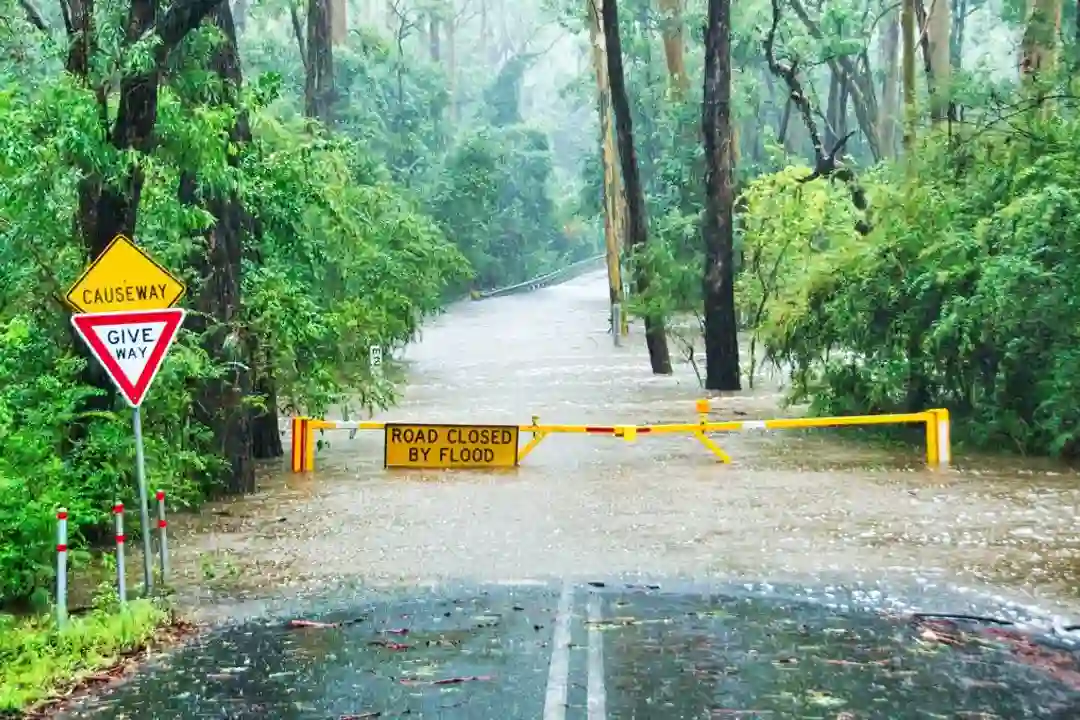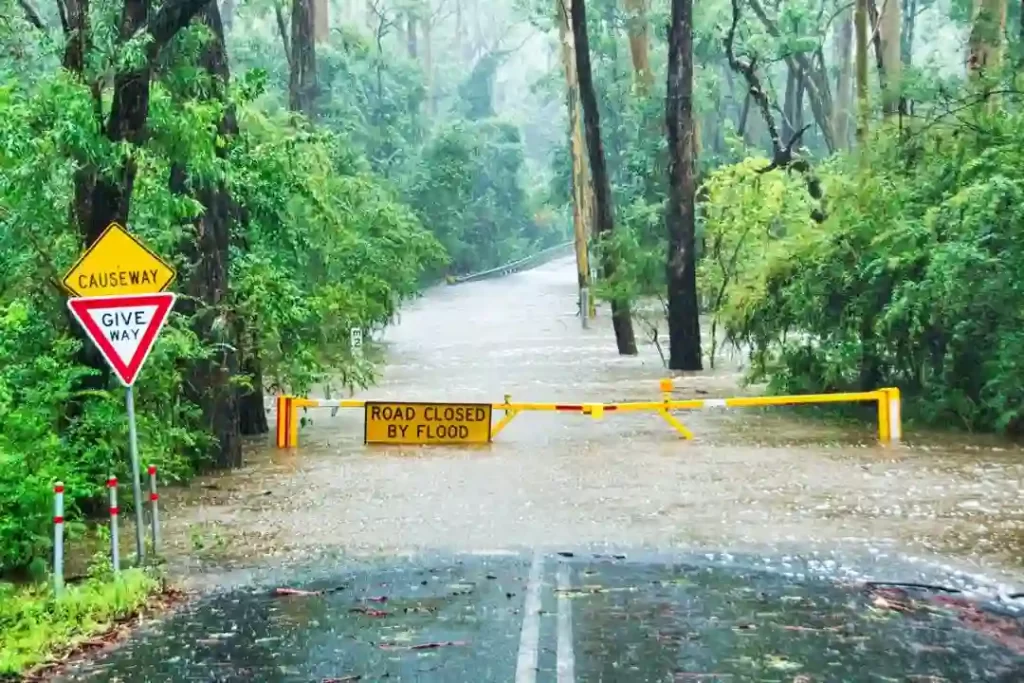This grant has expired.
This grant has expired and is no longer available. However, please contact Avant Group in case there are alternative grants available or to be informed if this grant will reopen.

NSW Critical Producer Grant
- Applications Open: until 30 September 2023
- Grants: $10,000 – $100,000
This recovery programme aims to strengthen the local and state economies of storm- and flood-affected areas by aiding major primary producing industries in their continued viability and efficient recovery.
Key Requirements
The program’s goal is to support job security, future resilience, and production by assisting primary producers and primary production enterprises affected by the severe weather and flooding events in February and March 2022 in NSW to rebuild and recover over the medium to long term.
One of four recovery programmes included in the $150 million Primary Industry Support Package, which was unveiled in March 2022, is the Critical Producer Grant.
Critical Producer Grant Highlights:
- Funding for initiatives so as to aid farmers and production businesses in specific industries located in emergency-identified locations.
- Promoting job security fosters long-term resilience and improves potential production.
- Projects and funding will add to the $75,000 Grant for Special Disasters
- The highest amount of gift manufacturers will have varying options by sector of industry.
What is eligible for funding?
- Agriculture:
- provision of feed supply to assist in animal production (up to 50% of total funding)
- replacing or repairing damaged, non-insured physical assets, including internal fencing and internal access paths/tracks
- replacing directly damaged physical assets to a standard that promotes future resilience
- clearing storm and flood damage including, but not limited to, removal of silt, gravel, damaged goods and other debris
- hiring or leasing equipment or materials, including machinery fuel, to rectify damage to property, physical assets, equipment or inventory
- undertaking remedial earthworks and erosion management works due to storm and flood erosion that promote future resilience
- replacing livestock lost as a result of the Events
- replacing plant stock for crop rebuilding or pasture re-establishment and standard replanting activity costs (no more than one replanting cycle)
- veterinary or pest management supplies/services for:
- flood-affected herds to maintain the health of livestock
- flood-affected pasture fields to maintain the health of plant stock and crops
- accessing technical, environmental and business advice
- The eligible activities covered above may be considered if it has been deemed to be re-damaged from a subsequent natural disaster and suffers additional damage.
- Horticulture:
- replacing or repairing damaged, non-insured or under-insured physical assets, including irrigation systems, pumps, poles, trellises, netting, greenhouses, internal fencing and internal access paths/tracks
- replacing directly damaged physical assets to a standard that promotes future resilience
- clearing storm and flood damage including, but not limited to, removal of silt, gravel, damaged goods and other debris
- hiring or leasing equipment or materials, including machinery fuel, to rectify damage to property, physical assets, equipment or inventory
- undertaking remedial earthworks and erosion management works due to storm and flood erosion that promote future resilience
- replacing plant stock for crop or tree rebuilding and standard replanting activity costs (no more than one replanting cycle)
- pest management supplies/service for flood-affected pasture fields to maintain the health of plant stock and crops
- accessing technical, environmental and business advice
- The eligible activities covered above may be considered if it has been deemed to be re-damaged and suffers additional damage from a subsequent natural disaster.
- Aquaculture & Commercial Fishing:
- replacing or repairing damaged, non-insured or under-insured physical assets, including shellfish cultivation equipment, pipes, pumps, tanks, shellfish graders, processing equipment, land depot sheds and boats, or commercial fishing equipment
- replacing directly damaged physical assets to a standard that promotes future resilience
- clearing storm and flood damage including, but not limited to, removal of silt, gravel, damaged goods and other debris
- hiring or leasing equipment or materials, including machinery fuel, to rectify damage to property, physical assets, equipment or inventory
- for aquaculture, the purchase of oyster/mussel spat or suitable alternative to replace oysters or mussels that were lost or died as a result of the events
- critical business costs associated with re-establishing production in 2022-2023, i.e. licences and fees that have not already been covered by a fee waiver or other program
- pest management supplies/service for flood-affected stock
- accessing technical, environmental and business advice
- eligible activities covered above, may be considered if it suffers additional damage from a subsequent natural disaster.
- Forestry:
- replacement and/or restoration of key physical assets on landholdings managed for PNF or authorised timber plantation area;
- the costs of road and snig track stabilisation and/or sediment control in flood-affected landholdings with an existing PNF Plan or authorised timber plantation area;
- the costs of groundcover reestablishment and/or erosion sedimentation control on landholdings with an existing PNF Plan or authorised timber plantation area.
What companies are eligible for funding?
Critical Producer Grant target industries that are identified as heavily impacted are:
- Agriculture: substantial livestock (sheep), dairy-intensive livestock (pork, chicken, and cattle), Beekeeping, and broadacre farming
- Aquaculture: oyster, mussel, and fisheries
- Horticulture: turf, vegetables, berries, cut flowers, plant nurseries, perennial tree crops (nut crops, tea tree, etc)
- Forestry – private native forests and timber plantations
Support rates for each application and sector have been based on impact information and reflect an estimated The general economy must continue to support recovery.
Local government areas (LGAs) eligible for the Critical Producer Grant for AGRN 1012:
Armidale, Ballina, Bayside, Bega Valley, Bellingen, Blacktown, Blue Mountains, Byron, Camden, Campbelltown, Canterbury Bankstown, Central Coast, Cessnock, Clarence Valley, Coffs Harbour, Cumberland, Dungog, Eurobodalla, Fairfield City, Georges River, Glen Innes, Goulburn Mulwaree, Hawkesbury, Hornsby, Inner West, Kempsey, Kiama, Ku-ring-gai, Kyogle, Lake Macquarie, Lismore, Lithgow, Liverpool, Maitland, Mid Coast, Mid-Western, Muswellbrook, Nambucca, Newcastle, Northern Beaches, Parramatta, Penrith, Port Macquarie-Hastings, Port Stephens, Queanbeyan Palerang, Richmond Valley, Ryde, Shellharbour, Shoalhaven, Singleton, Snowy Monaro, Strathfield, Sutherland, Tenterfield, The Hills, Tweed, Upper Hunter, Waverley, Willoughby, Wingecarribee, Wollondilly, and Wollongong.
Is this grant competitive or entitlement based?
Competitive. Your application will be assessed among other applications by a judging panel.
How can I increase my chances of winning this grant?
By engaging an accredited government grants consultant, such as Avant Group.
Competitive grants often require significant business case development and project analysis to support the application, this may include detailed presentations supporting the project’s merit, projected sales, cost-benefit analysis and more.
As part of your engagement with Avant Group, your account manager will assess the required documents and will provide the following as needed to support your grant submission.
Grant application writeup including a detailed presentation illustrating how the grant funding will contribute to your project, how the funding will contribute to the project’s budget, a project milestone plan, delivery timeline, impact on employment if applicable and a breakdown of the management and leadership team for the project
- Industry analysis presentation
- Competitor Analysis Presentation
- Marketing and Sales Analysis Presentation
- 3-5 year Cashflow Forecast
- 3-5 year Balance Sheet Forecast
- Cost-Benefit Analysis of Grant Funding
- End-to-end grant application including information collating, analysis and application writing
- CAPEX (Capital Expenditure) cost-benefit analysis
- Stakeholder relations and Risk Mitigation Plans
- Any other relevant forecasting that will support your application
How can I get help with my application? Or know if I’m likely to win funding?
Avant Group offers a no-obligation assessment of your eligibility for funding and will assess your likelihood of a successful grant application.
